The fracking boom threatens Puebloan and Hopi ancestral homelands around New Mexico’s sacred Chaco Canyon. Local Diné communities are fighting drilling, pipeline projects and just general industrialization of their region, which lacks real economic development. See the videos from the Solstice Project.
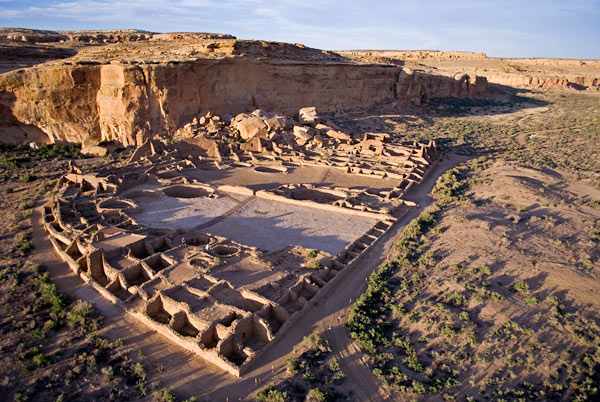

Fracking Boom Expands Near Chaco Canyon, Threatens Navajo Ancestral Lands and People
From Julie Dermansky at the DeSmogBlog: Beneath a giant methane gas cloud recently identified by NASA, the oil and gas fracking industry is rapidly expanding in northwestern New Mexico. Flares that light up the night sky at drilling sites along the stretch of Route 550 that passes through the San Juan Basin, which sits on top of the oil rich Mancos Shale, are tell-tale indicators of the fracking boom.
Much of the land being fracked belongs to the federal government. The rest is a mixture of state, private and Navajo Nation land.
The region is known to the Diné (Navajo) as Dinétah, the land of their ancestors. It is home of the Bisti Badlands and Chaco Culture National Historical Park, a World Heritage Site.
[vimeo clip_id="95550494" width=600 height=338 ]STORY: Hopi Legend: Koyaanisqatsi and World Destruction
Chaco Canyon: Protecting an Ancestral Homeland
Between AD 900 and 1150, the Anasazi (a Diné word meaning “ancient ones” or possibly “ancient enemies”) or Ancient Puebloans built dramatic adobe dwellings, or pueblos. Chaco Canyon was the center of Anasazi civilization, its many large pueblos probably serving as administrative and ceremonial centers for a widespread population. Chaco Culture National Historical Park hosts the densest and most exceptional concentration of pueblos in the US Southwest. The sites are considered sacred ancestral homelands by the Hopi and Pueblo people, who maintain oral accounts of their historical migration from Chaco and their spiritual relationship to the land.
Chacoans quarried sandstone blocks and hauled timber from great distances, assembling fifteen major complexes that remained the largest buildings in North America until the 19th century. Evidence of archaeoastronomy at Chaco has been proposed, with the “Sun Dagger” petroglyph at Fajada Butte a popular example. Many Chacoan buildings may have been aligned to capture the solar and lunar cycles, requiring generations of astronomical observations and centuries of skillfully coordinated construction.
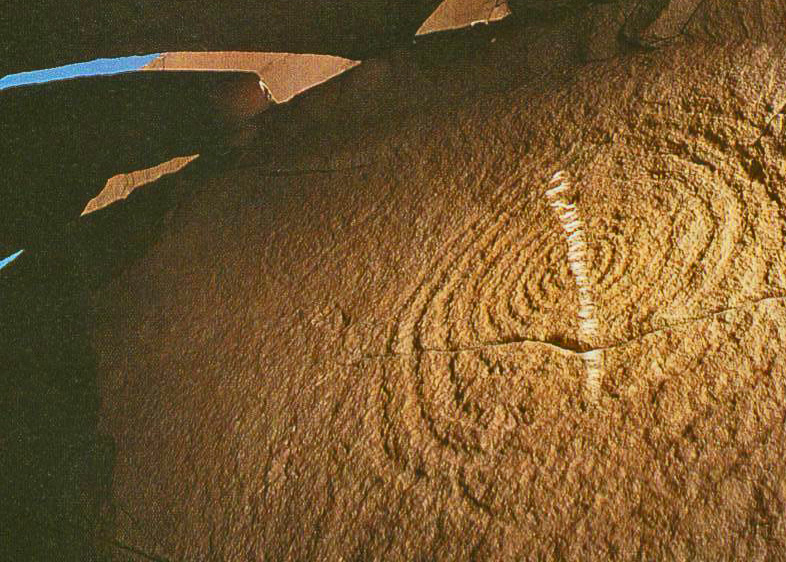

Pueblo Bonito, one of the largest of the Chaco Canyon pueblos, rose four to five stories high — an astounding achievement for the time. These structures are noted for their planned, symmetric organization, massive core-veneer masonry construction, and numerous great kivas. Rooms surrounded a central plaza, and throughout the settlement were a number of kivas, large ceremonial chambers of the prehistoric Pueblo culture. The total population of Pueblo Bonito was probably around 1,200 people at its height. The extensive religious architecture in Chaco Canyon suggests that the canyon may have served primarily as a ceremonial nexus for the outlying communities.
After the sixth century A.D., the Anasazi of Chaco Canyon and other settlements abandoned hunting and gathering in favor of cultivating crops such as maize (corn). To grow maize, they needed rain, but the area was dry and rain was sporadic. What rain did fall was hoarded and used sparingly and effectively. Evidence of dams, canals, and other water control features found by archaeologists shows the importance of water to the Anasazi. Climate change is thought to have led to the emigration of Chacoans and the eventual abandonment of the canyon, beginning with a fifty-year drought commencing in 1130.
STORY: Faces of Fracking: Civil Rights Hero Takes on Big Oil
[vimeo clip_id="118154671" width=600 height=338 ]Diné People: Fighting for a Future
More from DeSmogBlog: A new analysis of industrial development’s impact on the Diné community and its environment around Chaco is required before such development is permitted. However, the BLM Farmington Field Office issued permits for over 100 wells for exploratory purposes without conducting a new comprehensive analysis.
Environmental groups argue industry is past the exploratory phase. The BLM’s consideration of the Saddle Butte San Juan Midstream, LLC Piñon Pipeline project, a 130-mile oil pipeline that would transport the extracted oil out of the area, makes it evident industry is in a production phase.
Despite being at the forefront of energy extraction, our people do not see its benefits; approximately 1/4 of our people today live without electricity and running water on the Navajo Nation, while our economy functions at an unemployment rate of 60%, and our young people are leaving due to lack of opportunity.” — Nihígaal béé Íina: Our Journey For Existence, a Diné Movement fighting energy extraction on the Navajo Nation
In October 2014, environmental protection groups called for a moratorium on fracking and a halt to new leases until the BLM finishes a new analysis. Meanwhile, the “industry is telling Diné people fracking is safe and giving them just a little bit of money to get them to sign leases,” Sarah Jane White, a Diné environmental activist, told DeSmogBlog. The proposed Piñon Pipeline Project is being sold to the community as an “economic development.”
Yet few Diné see any profit from any of the industrial developments, according to White. Instead, “We pay the price in bad health – respiratory diseases, heart and kidney diseases, and diabetes.”
On January 5th of 2015, a group of Diné set off on a 200-mile journey commemorating a forced walk their ancestors took away from the area 150 years ago.
Along the way, they are meeting with members of the Diné community who have little access to the media and are listening to their concerns about the industrial development, and giving them educational materials about fracking. They intend to raise awareness about the fracking industry’s negative impacts on their community including the health risks, damage to the roads and an increase in violent crime that typically comes with an influx of temporary oil field workers.
STORY: Big Oil and Gas Resistance in BC: The Unist’ot’en Call to the Land


The group’s journey is a sign of the growing resistance indigenous peoples and environmental groups are mounting against the industrialization of the area.
“If the pipeline is permitted, the fracking industry will expand exponentially,” warns Mike Eisenfeld, New Mexico energy coordinator for San Juan Citizens Alliance.
httpvh://youtu.be/g0pbKAhBysw



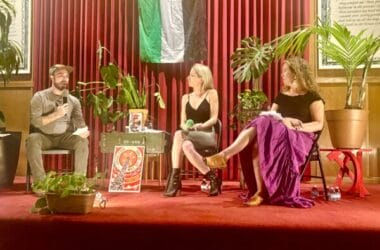
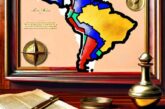

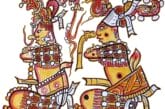


Pingback: Postcommodity’s ‘Repellent Fence’ Land Art Spans the U.S. Border